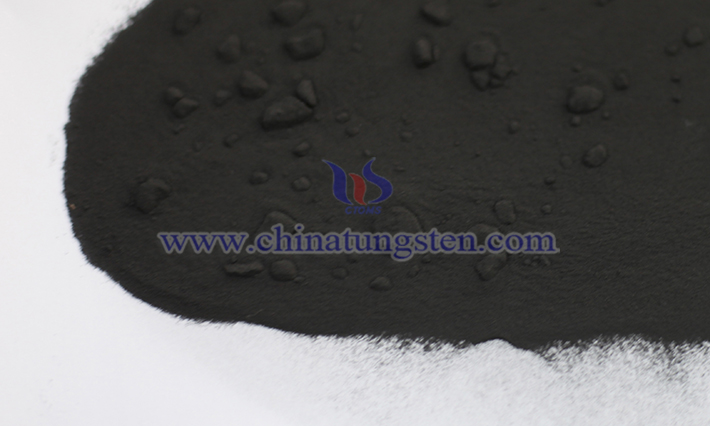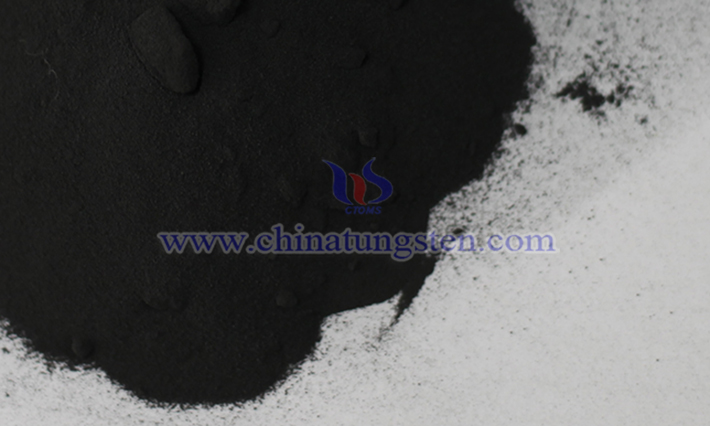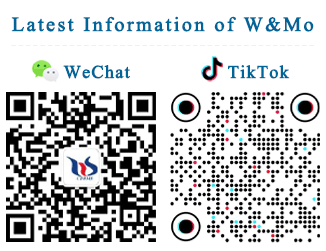What Are the Preparation Methods of Tungsten Disulfide Nanosheet?
- Details
- Category: Tungsten Information
- Published on Tuesday, 25 February 2025 19:32
Tungsten disulfide nanosheet (WS₂ nanosheet) is a typical transition metal tungsten compound. There are many different preparation methods, each of which has its own unique principles, operation procedures, advantages and disadvantages.
Mechanical exfoliation
Mechanical exfoliation is a classic two-dimensional material preparation technology that separates a single-layer or few-layer WS₂ nanosheet from bulk materials by physical means. This method uses tape to repeatedly stick bulk WS₂ crystals, or uses a special mechanical device to apply external force to overcome the weak interlayer van der Waals force, thereby achieving exfoliation.
Advantages: It can retain the original crystal structure of the nanosheet to the greatest extent, and the prepared sample is of high quality with few defects, which is suitable for basic research.
Disadvantages: It relies on manual operation, has low efficiency, is difficult to mass-produce, and is only suitable for small-scale preparation in the laboratory.

Chemical exfoliation
The core of the chemical exfoliation method is to introduce intercalation agents (such as alkali metal lithium, sodium, etc.) into the interlayer of bulk WS₂ crystals to weaken the interlayer van der Waals force through chemical reactions. Subsequently, the intercalated sample is placed in a solvent and ultrasonically treated. By using high-frequency vibration to further separate the layers, the nanosheet is finally obtained.
Advantages: High production efficiency, and a large number of nanosheets can be obtained in a short time.
Disadvantages: Intercalation agent residues may affect the performance of the nanosheet, requiring complex cleaning steps, which increases the complexity and cost of the process.
Chemical vapor deposition (CVD) method
In the CVD method, at high temperature, a tungsten source like tungsten trioxide reacts with sulfur sources such as sulfur powder and hydrogen sulfide gas. The gaseous reactants decompose and deposit on the surface of the substrate to form a large area of WS₂ film. By precisely controlling parameters such as reaction temperature, gas flow rate, and reaction time, the number of layers, growth orientation, and coverage area of the nanosheet can be controlled.
Advantages: The prepared nanosheet is of high quality, with good uniformity in the number of layers, and has a strong bond with the substrate. It is suitable for the production of high-performance electronic devices and optoelectronic devices.
Disadvantages: It requires a high-temperature environment and complex equipment, resulting in high costs.

Liquid phase exfoliation method
The liquid phase exfoliation method disperses WS₂ powder in a specific organic solvent (such as N-methylpyrrolidone, dimethylformamide), and uses the shear force generated by ultrasonic equipment or high-speed stirring to break the interlayer van der Waals force and achieve exfoliation.
Advantages: Easy to operate, without the need for a high-temperature and high-pressure environment, and with low cost.
Disadvantages: Solvent selection is crucial. Inappropriate solvents may damage the structure of the nanosheet and affect its performance.
Hydrothermal/solvothermal synthesis method
The hydrothermal/solvothermal synthesis method puts the precursor solution containing a tungsten source and a sulfur source into a closed reactor and makes them react under high-temperature and high-pressure conditions, directly generating a WS₂ nanosheet. By adjusting the reaction conditions (such as temperature, time, and pH), the size, shape, and crystallinity of the nanosheet can be controlled.
Advantages: Suitable for large-scale preparation, and other elements can be introduced into the reaction system to achieve in-situ doping.
Disadvantages: It requires high-temperature and high-pressure equipment, and the reaction conditions are harsh.
Molecular beam epitaxy (MBE) method
In the MBE method, in an ultra-high vacuum environment, high-purity tungsten atomic beams and sulfur atomic beams are ejected from the evaporation source. By precisely controlling the intensity of the atomic beams and the incident direction, they deposit layer by layer on the surface of the substrate.
Advantages: It can produce a single-crystal nanosheet with highly ordered atomic arrangement and extremely high crystal quality.
Disadvantages: The equipment is expensive, and the requirements for the experimental environment and operators are high. The cost is high, so it is only applicable to high-end scientific research fields.
- Tungsten Oxide Manufacturer & Supplier, Chinatungsten Online: www.tungsten-oxide.com
- Tungsten News & Prices of China Tungsten Industry Association: www.ctia.com.cn
- Molybdenum News & Price: news.molybdenum.com.cn
- Tel.: 86 592 5129696; Email: sales@chinatungsten.com



 sales@chinatungsten.com
sales@chinatungsten.com